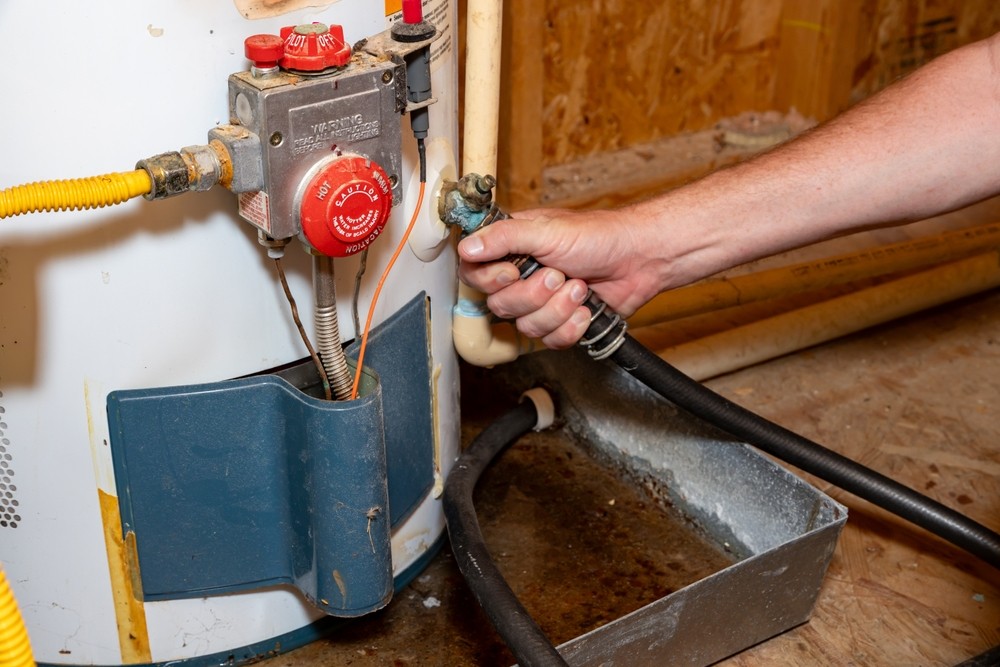Lowering monthly utility bills is a practical and achievable goal for many consumers looking to manage household expenses more efficiently. As energy and water costs continue to rise, finding ways to reduce consumption not only helps save money but also promotes a more sustainable lifestyle. Many homeowners and renters may not realize that small, strategic home upgrades can significantly impact their overall utility costs, making their living spaces more energy-efficient without requiring major renovations or high upfront investments.
By implementing simple yet effective changes—such as upgrading to energy-efficient appliances, installing smart thermostats, sealing air leaks, using water-saving fixtures, and optimizing lighting choices—households can experience substantial reductions in electricity, gas, and water usage. These improvements not only lower monthly expenses but also contribute to environmental conservation by reducing energy waste and water consumption. Additionally, many of these upgrades enhance overall home comfort, improve appliance efficiency, and even increase property value over time.
With a combination of mindful habits and smart investments, anyone can take meaningful steps toward a more cost-effective and eco-friendly home. Whether you’re looking for quick fixes or long-term solutions, making energy-conscious choices can lead to ongoing financial savings while supporting a greener planet.
Upgrade to Energy-Efficient Appliances
One of the most impactful ways to reduce energy consumption is by upgrading to energy-efficient appliances. Modern appliances such as refrigerators, washing machines, dishwashers, and HVAC systems are designed to use significantly less energy. Look for the ENERGY STAR® label, which indicates that the appliance meets efficiency guidelines set by the U.S. Environmental Protection Agency. Although these appliances might have a higher upfront cost, their reduced energy usage can lead to long-term savings.
Install a Programmable Thermostat
Investing in a programmable thermostat is a smart way to manage heating and cooling costs. These devices allow you to set specific temperatures for different times of the day and days of the week. For example, you can program the thermostat to lower the heat when you are asleep or away from home and to increase it just before you wake up or return. By avoiding heating and cooling an empty house, you can save a considerable amount on your energy bills.
Seal and Insulate Your Home
Proper insulation is crucial for maintaining a comfortable indoor temperature and reducing the load on heating and cooling systems. Check your home for drafts around doors and windows, and seal any leaks with caulk or weatherstripping. Adding insulation in the attic, walls, and crawl spaces can also prevent heat loss in the winter and keep heat out in the summer, further improving energy efficiency.
Switch to LED Lighting
Lighting can account for a significant portion of your electricity bill, especially if you still rely on incandescent bulbs. Switching to LED bulbs is an easy and cost-effective upgrade. LED bulbs use at least 75% less energy and last up to 25 times longer than incandescent lighting. Additionally, many LED options are dimmable and available in various colors, offering flexible lighting solutions without using more electricity.
Use Smart Power Strips
Electronic devices such as televisions, computers, and gaming consoles consume energy even when they are turned off, a phenomenon known as “phantom load.” Smart power strips can address this issue by shutting off power to devices that go into standby mode. This ensures that you are not wasting energy and paying for electricity that you aren’t actively using.
Upgrade to Low-Flow Fixtures
Water conservation is another important aspect of lowering utility bills. Installing low-flow faucets, showerheads, and toilets can significantly reduce water usage in your home. These fixtures are designed to maintain water pressure while using less water, which can lead to substantial savings on your water bill without sacrificing comfort.
Optimize Your Water Heater
Water heating is a significant energy cost for many households. You can reduce this cost by lowering the thermostat on your water heater to 120 degrees Fahrenheit. Additionally, insulating the water heater and the first few feet of its hot water pipes can help prevent heat loss and improve efficiency. If your water heater is old, consider upgrading to a tankless or on-demand model, which heats water only as it is needed and thus uses less energy.
Install Ceiling Fans
Ceiling fans can be a useful addition in maintaining a comfortable temperature without relying heavily on air conditioning or heating. During the summer, fans can create a cooling breeze, allowing you to raise the thermostat setting by a few degrees and still feel comfortable. In the winter, reversing the fan’s direction can help distribute warm air more evenly throughout the room, reducing the need to increase heating.
Implement Window Treatments
Heat gain and loss through windows can drive up energy costs. Installing energy-efficient windows or adding window treatments such as blinds, shades, and curtains can help control the indoor climate. During the summer, closing blinds or shades can prevent unwanted heat from entering, while in the winter, they can keep warmth from escaping. If replacing windows, consider double-pane options with low-e coatings, which offer superior insulation.
Create a Home Energy Audit
To identify further opportunities for savings, conduct a home energy audit. This comprehensive assessment can pinpoint areas where your home is losing energy and suggest improvements. While you can perform a basic audit yourself, hiring a professional can offer deeper insights and potentially uncover hidden inefficiencies.
Consider Renewable Energy Solutions
For those looking to make a long-term commitment to reducing utility costs, investing in renewable energy sources such as solar panels can be beneficial. Solar energy harnesses sunlight to generate electricity, potentially eliminating your electric bill altogether. Although the initial setup can be expensive, government incentives and rebates can offset costs, making solar panels a smart investment for many homeowners.
Reduce Overall Resource Consumption
In addition to making home upgrades, adopting habits that reduce resource consumption can further lower utility cost. For instance:
- Be mindful of turning off lights when leaving a room, and unplugging electronics when they are not in use.
- Use natural lighting as much as possible during the day to reduce the need for artificial lighting.
- Run dishwashers and washing machines only with full loads for increased efficiency.
- Take shorter showers and turn off the tap while brushing your teeth or shaving to conserve water.
Tap Into Community Resources
Many utility companies and local governments offer programs and incentives to encourage energy efficiency. These may include rebates for energy-efficient appliances, free energy audits, or discounts on utility bills for homes that meet certain efficiency standards. Research what is available in your area to take full advantage of these opportunities.
Being proactive about making energy-efficient upgrades in your home not only saves you money but also contributes to environmental conservation efforts. As technology advances and new solutions become accessible, staying informed and keeping an eye out for improvements ensures that your home remains efficient and your utility costs manageable.



